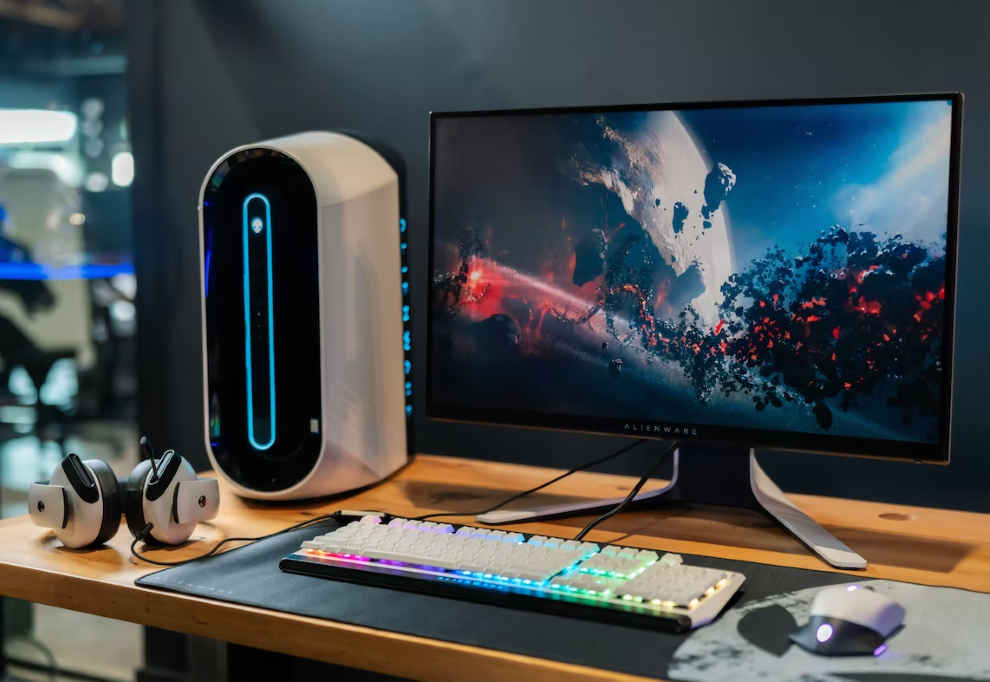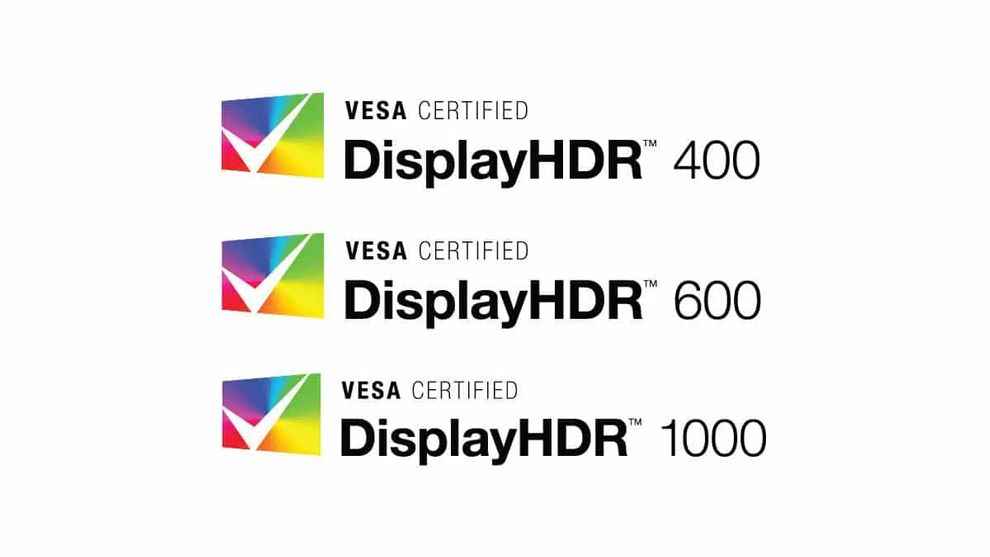
Having the right monitor is crucial, as it serves as the primary interface for interacting with your system, regardless of your intended use. In recent years, monitors have seen significant improvements, offering higher brightness, rapid response times, high refresh rates, and even HDR capabilities. However, some manufacturers tend to be overly enthusiastic with their marketing labels, making it challenging for consumers to determine which ones are actually good. It's essential to be cautious about certain specs and not take them at face value. Let's discuss some of the terms to be wary of.

Motion on a monitor looks natural with a bit of a display blur, but high motion clarity makes a difference while watching sports and can be vital for a competitive edge in gaming. Manufacturers usually quote GtG response time and MPRT or motion picture response time as a spec to indicate motion clarity. GtG is the time it takes to switch from one particular shade of grey to another particular shade of grey. Switching between different colours, as is often the case in practical use, may take longer. Still, GtG is considered a more reliable measure of response time.
MPRT represents how long a pixel will linger on the screen before it disappears. MPRT depends on frame rate and can be improved using motion enhancement techniques like Black Frame Insertion (BFI), using strobe backlight, overclocking, frame rate interpolation and more.
Most LCD monitors today quote a response time of less than 1 ms. Many of these LCD monitors can have a response time of more than a factor of 10 in practical scenarios. Besides, Manufacturers adopt techniques to enhance response time that can introduce ugly artefacts in content. An OLED monitor with the same quoted response time will feel faster in practice.
Vesa has introduced a new ClearMR standard to address these issues. We will know how effective it is only after its wide-scale adoption.

In the monitor market, it is becoming increasingly common for displays to be marketed as supporting HDR (High Dynamic Range). However, the general "HDR" label is loosely defined which is why it often leads to confusion and potential misuse of the term.
Some older generation monitors use HDR labels when they actually support HDR input but not output. To avoid confusion, Vesa has a certification scheme that classifies displays into different tiers - 400, 500, 600, 1000, etc - according to their HDR capabilities.
This, however, still isn’t a very good marker for HDR capabilities. The numbers in the marking scheme - 400, 500, 600, etc. - refer to the peak brightness the display can achieve. HDR, however, isn’t just about how much brighter a screen can get. It’s also about how much darker the areas of the screen can go simultaneously, more colour depth and support for wider colour gamuts.
For instance, the base DisplayHDR 400 certification which is very popular on monitors, doesn’t require wide-colour gamut support, 10-bit colour, local dimming and wide colour gamut. It mandates 400 nits of brightness, which isn’t much considering the high brightness at which HDR content is mastered and also the brightness of standard non-HDR monitors.
Monitors generally aren’t great with HDR. If you want to experience vivid HDR, It should be safer to go for LCD monitors that offer DisplayHDR 600 or higher tier or OLED monitors with DisplayHDR True Black certification.
HDMI 2.1 standard offers a range of advanced features for gaming monitors including VRR, Auto low latency mode (ALLM), and up to 48Gbps bandwidth to support up to 10K resolution and up to 120Hz refresh rate.
However, not all HDMI 2.1-labelled monitors may support these features, as the standard allows for optional implementation. All of the HDMI 2.1 marquee features, including higher bandwidth support, are optional. It is possible that your HDMI 2.1 monitor doesn’t go beyond HDMI 2.0 bandwidth of 18Gbps as was the case with Xiaomi’s Fast LCD Monitor 24.5-inch, 240Hz monitor.
It is important to carefully check the specifications of a monitor before purchasing to ensure that it supports the desired features, as HDMI.org at least mandates that manufacturers clearly indicate the supported features of their HDMI 2.1 ports.

Support for a wider colour gamut implies that your display will be able to reproduce more colours. It doesn’t mean that it will be able to display colours better or more accurately. In fact, without proper colour management, a wide colour-gamut monitor will make sRGB content appear oversaturated.
Most of the content designed for the web uses sRGB colour space. The support for wider colour gamuts like DCI-P3 is important for watching HDR content or playing HDR games and for creators. But for most people to have wide coverage of sRGB colour space (> 95%) on their monitor should suffice.










